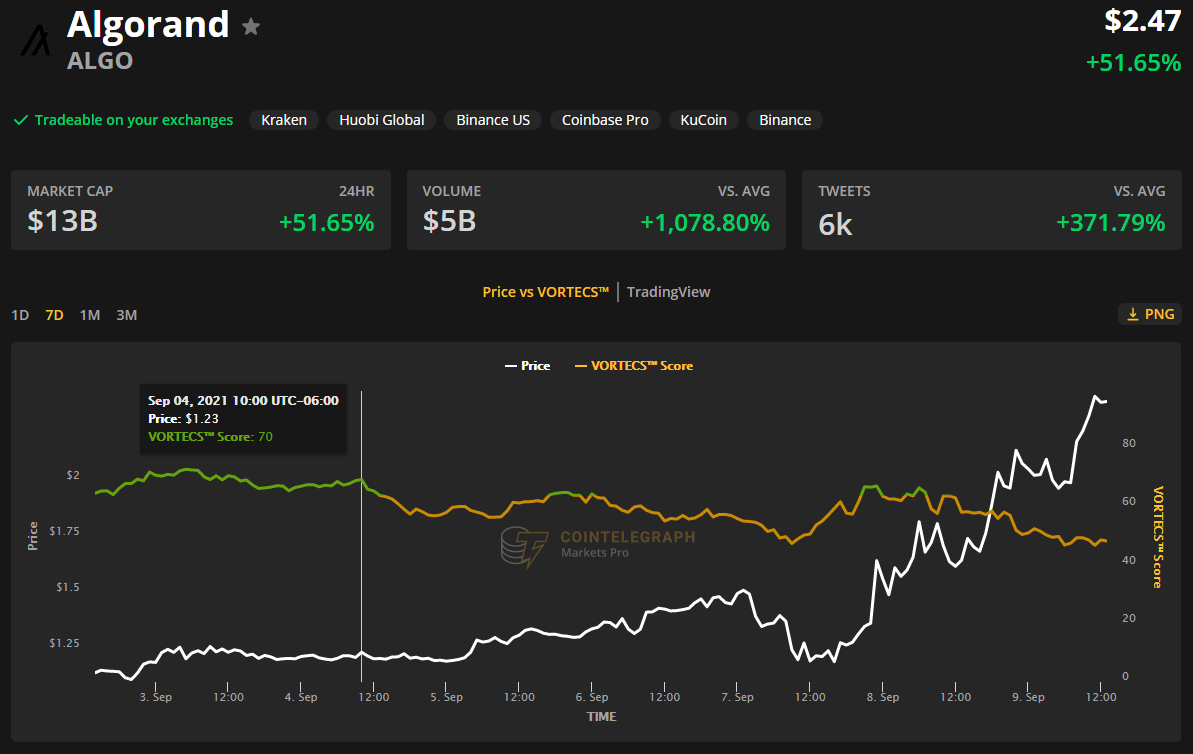
Organizations require faster storage performance and reliability than ever before. Hyper converged systems deliver a safe, modern infrastructure. HCI streamlines management, consolidates res, and minimizes costs by combining a single system with computation, storage, and networking.
Due to these advantages, HCI adoption continues to expand and many organizations view the solution as vital to their strategic IT priorities. See how eight firms take advantage of hyper-converged infrastructure to update the data center to support quick business innovation for agility, scalability, and economy.
What is Hyperconvergence or Hyperconverged?
To understand what is hyper-converged systems and why it is useful, you must first grasp the typical design of the data center to see how it is compared. A switch routes traffic to a collection of servers, which contain virtual computers on hypervisors in a normal data center today. Such servers then have to access the network storage area (SAN) via the storage controller to collect or store all data.
When server virtualization was introduced, the number of devices used in the average data center was significantly reduced. The data center has been consolidated from a wide range of servers to something more manageable. HCI is the next step towards this trend of consolidation.
Thanks to the many advantages that the systems offer, the HCI industry is snowballing. There are seven of the most remarkable.
Cloud Era-friendly design:
While HCI is not cloud-based, it is excellent for the cloud age. An era where everything from the storage of documents to contact center solutions is being housed on the cloud. The framework has a flexible, streamlined design.
HCI removes silos and other developmentally slowing barriers. With such a system, a corporation may manage data quicker, deliver new applications, and more. In today’s breakneck world, the ability to act fast is invaluable. HCI systems normally give a simple interface for VM/application workloads, making management easy for your personnel. In particular, if you don’t have a large team of dedicated system managers or infrastructure engineers.
Flexibility:
Since hyper-convergence is built on software, it can offer enterprises more flexibility and agility compared to the traditional infrastructure. In order to the scalability data center, Sangfor Hyperconverged infrastructure employs a “LEGO” block method; each HCI device is an autonomous unit created from the ground to incorporate every hardware type that a data center needs, and to maximize compatibility.
This permits data center capacity to be increased simply by bolting on an additional unit or two instead of specifically providing, configuring, and installing more storage or computing capacity.
The level of performance that you desire from this hyperconverged infrastructure approach is therefore fully up to your business objectives and application requirements. In a box, you have a universe of choices to operate your maximum workload better than your typical SAN/host architecture and each provider will introduce you solutions from HDD entry levels to high-end all-flash HCI devices.
Scalability:
In addition to giving enhanced flexibility, hyperconverged systems greatly contribute to scalability, which most enterprises need support. Within hours, hyperconverged systems can be created and deployed and rapid adjustments are possible. Without big infrastructure purchases, you can independently grow storage and calculate res as needed.
This helps to achieve compatibility, since extra infrastructure levels are increased without the need for major and comprehensive adjustments, allowing the chance to expand much more efficiently than before.
Agility:
Despite its inflexible node topology, the highly flexible HCI platform allows various and changing workloads to be adapted:
Since an HCI platform is versatile and adaptable, IT can fulfill changing business requirements quickly and easily or can accommodate fluctuating workloads. The virtual environment makes it easier to handle various workloads even if they are running on several operating systems.
The virtual environment allows administrators to shift workloads across clusters or even data centres. The software-defined infrastructure enables deployments and other activities to be automated and orchestrated.
Low Cost:
Cost is not the only concern when your IT solution is designed, but it is absolutely essential. The world’s fastest data center is not really all that beneficial if your whole profit margin must be spent on software licenses and an army of experts.
Sangfor hyper-converged systems adopt an economic model similar to that of public cloud providers and every few years avoids huge upfront investments and large infrastructure acquisitions. This is done using low-cost commodity technology and modest, easy-to-manage data center measurements.
Hyperconvergence uses a component strategy that enables IT to expand by adding units as necessary. This uses res more efficiently than every few years the old paradigm of huge hardware that refreshes. It minimizes the requirement for over-supply to allow for future development and offers faster value for data centre expenditures.
Strengthened data protection:
Complexity is the heel of IT networks in Achilles. Staying on top of a set of account administration settings, virus definitions, and data storage settings is virtually impossible. Hyperconverged infrastructure fights this problem by forming an all-in-one service on your servers and virtual machines.
Note that while hyperconvergence is simpler than most virtualization technologies, it is seldom easy to handle SMB’s in-house IT departments. A Managed Service Provider (MSP) is better able to oversee the growth and development of hyperconvergence technologies.
The way hyperconvergence works are straightforward. HCI spreads your data around your data center across several nodes. By distributing your data across numerous nodes, HCI ensures that the overall company performance and availability are not damaged when one piece of hardware goes down.
The better your technology, the faster you can address the difficulties of business. And the quicker you can respond to your altering needs, the less downtime you will have. Call Sangfor immediately to get the most suitable hyper-converged systems for your organization.

 data from Cointelegraph Markets Pro began to detect a bullish outlook for ALGO on Sept. 4, prior to the recent price rise.
data from Cointelegraph Markets Pro began to detect a bullish outlook for ALGO on Sept. 4, prior to the recent price rise.

